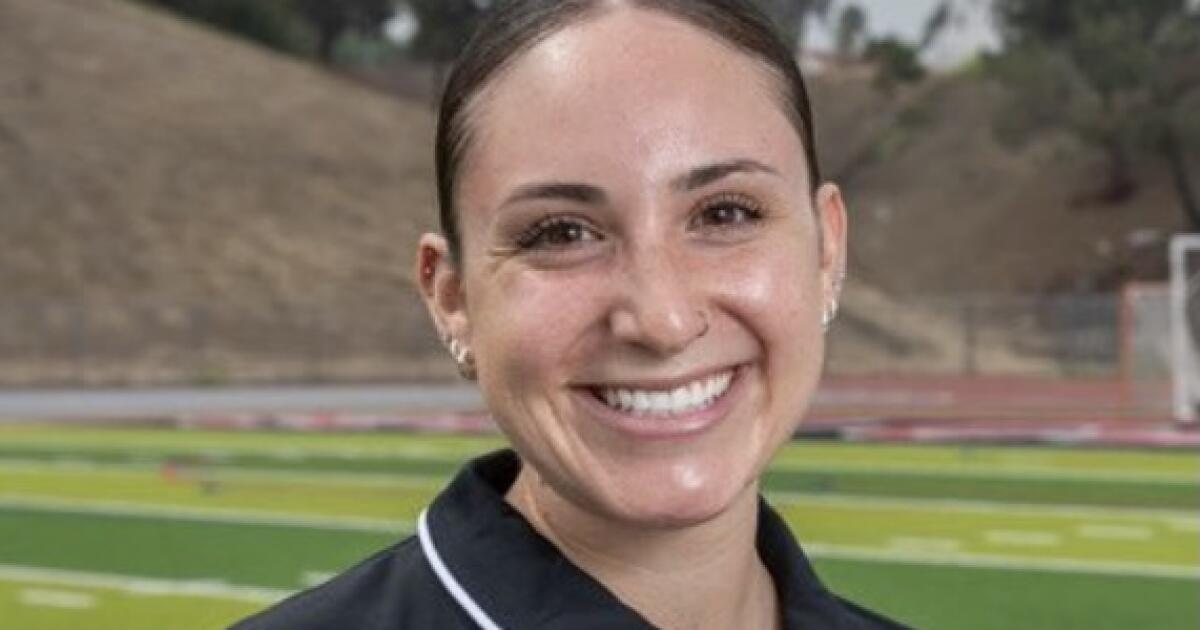Another day, another life saved by high school athletic trainer
For those high schools in California that still don’t have an athletic trainer, what happened last week at San Clemente High was another reason why they are so valuable for the safety reasons. And also proven was the requirement that coaches be certified in CPR every two years.
As a soccer class was ending last Thursday, an assistant coach fell to the ground. Head coach Chris Murray thought he tripped. Then he looked into his eyes, which appeared dilated, and saw that his face was purple. While a football coach nearby was calling 911, Murray began chest compressions.
Athletic trainer Amber Anaya received a text in her office that said, “Emergency.” She got into her golf cart that contained her automated external defibrilator (AED) machine and raced to the field within two minutes. She determined the coach was in cardiac arrest.
While Anaya hooked up her AED machine to the coach, Murray continued chest compressions. The AED machine evaluated the patient and recommended one shock. This went on for some seven minutes until paramedics arrived. Another shock was given after the paramedics took over.
The coach was transported to a hospital and survived. He would receive a pacemaker. It was a happy ending thanks to people who knew what to do in case of an emergency.
Last school year, the Culver City athletic trainer helped save a track athlete who went into cardiac arrest.
Murray said what he did was based on instincts and adrenaline. As soon as the ambulance left, he said he collapsed to his knee exhausted.
“His ribs are sore but not broken,” Murray said, “so I guess I did good.”
All the preparation in case of an emergency was put to good use by the coach trained in CPR and the athletic trainer who knew how to use an AED machine.
This is a daily look at the positive happenings in high school sports. To submit any news, please email [email protected].

